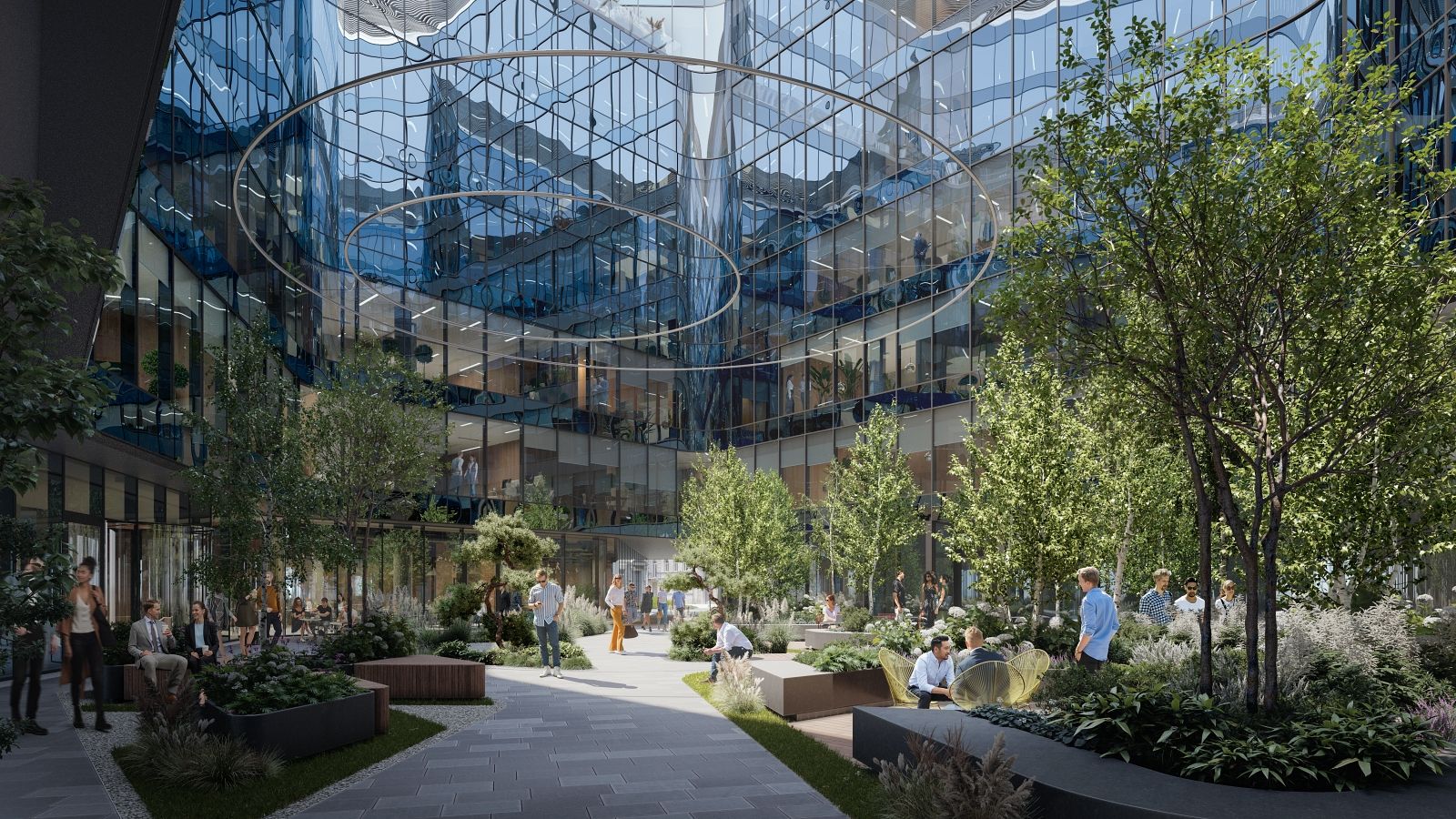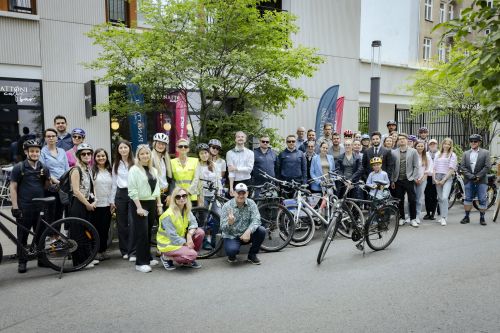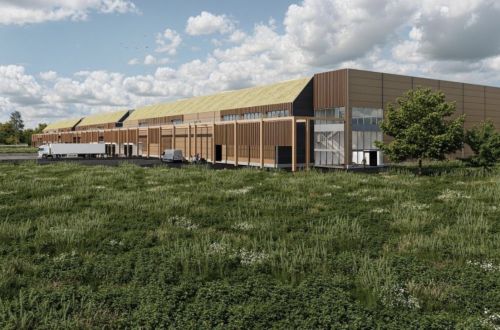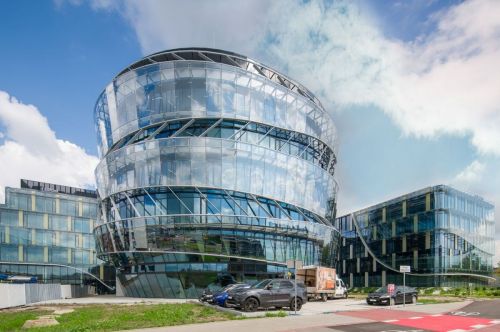The office market showcases two polar opposite trends in how companies approach leasing and arranging spaces, which can be described as a wealth of features and minimalism.
Two dominant tenant strategies
The first approach focuses on companies trying to cater to the needs of all employees—both those working in the office and remotely. To attract as many people as possible back to the office, such firms invest in new layouts and designs. However, this often leads to spaces that ultimately serve no one. Incorporating too many concepts into one space results in a lack of cohesion, failing to achieve the intended goals and even discouraging employees from returning to stationary work.Most companies, however, adopt the second approach, prioritizing cost reduction. They renegotiate lease terms to remain in the same location, frequently downsizing their space. These companies insist employees return to the office but avoid major redesigns. Instead, they optimize the existing layout,
































































The quiet revolution in Małopolska
The quiet revolution in Małopolska
Developers across the region are increasingly favouring heat pumps and photovoltaic systems over traditional gas boilers in warehouse construction. This shift marks a growing commi ...
Axi Immo
Modular construction becomes more prominent
Modular construction becomes more prominent
After a temporary slowdown, the modular construction market in Poland continues to expand in 2025. Although the sector faces challenges such as high material costs and investment f ...
Spectis
EXPO REAL 2025: From survival mode to selective recovery
EXPO REAL 2025: From survival mode to selective recovery
This year’s EXPO REAL in Munich marked a noticeable shift in tone across industry conversations. Following a period of uncertainty and postponed investment decisions, the com ...
Axi Immo